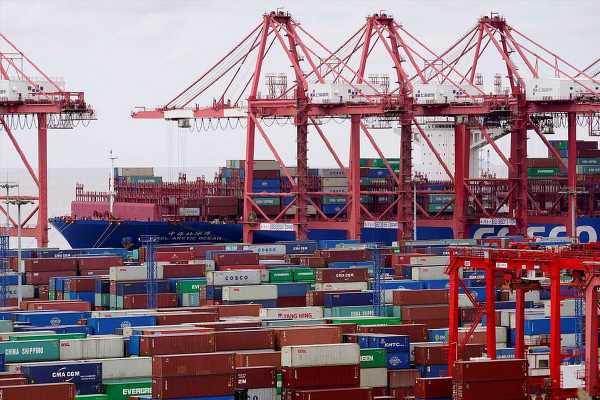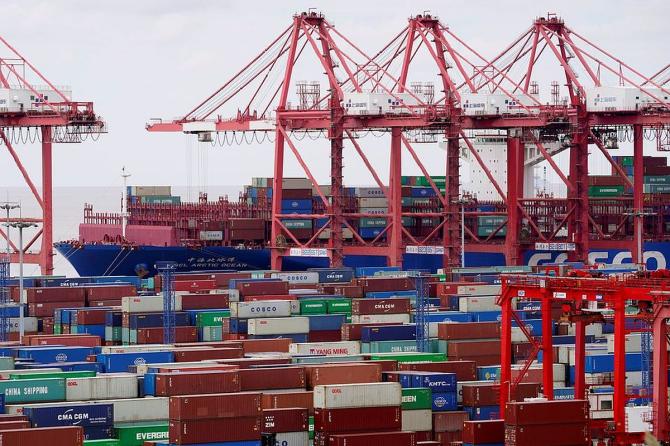After topping it for two consecutive years, Gujarat slipped three places on the NITI Aayog’s Export Preparedness Index (EPI) for 2022, as Tamil Nadu emerged as the most export-ready state, the central think tank said in its report released on Monday.
In a continuing trend, coastal states were found to have the most robust export infrastructure, which officials attributed to the integration of maritime trade into the core of their economies.
Maharashtra and Karnataka retained their positions — second and third, respectively; Haryana was ranked first among landlocked states and fifth overall.
“The state of Gujarat needs measures to improve its business ecosystem as it recorded the sharpest decrease in both value addition by the manufacturing sector and foreign direct investment inflow.
“However, in absolute terms, the state still has the highest value addition from the manufacturing sector in the country, along with the sixth highest FDI inflow in the country,” the NITI Aayog said in its report.
It added that the setback could be overcome with timely policy measures, which can assist the manufacturing sector, and attract investments.
Even as Tamil Nadu had the most robust infrastructure with a high number of special economic zones (SEZs), no power deficit, and a single-window clearance system, the state saw a significant decrease in value addition by the manufacturing sector, the report noted.
The index undertakes a comprehensive analysis of states and Union Territories across export-related parameters to identify strengths and weaknesses, with an evolving methodology.
For the latest report, the think tank used 56 indicators.
Twelve indicators were removed, five were modified, and 10 more were added after stakeholder interactions concluded, the NITI Aayog said in its report.
The ranking is based on four main pillars: policy, business ecosystem, export ecosystem, and export performance.
“Correct compensation for states’ contributions to national exports requires determining the source of origin of a product, and steps must be taken to address this issue,” the report said in its recommendations on the way forward.
“States have developed solid policy frameworks, and efforts should now be directed towards improving business infrastructure, transport connectivity, diversifying export baskets, and penetrating more global markets,” it added.
Merchandise exports have been on a downtrend over the past year as external demand remains impacted due to a slowdown and high inflation in key export markets, such as North America and Europe, as well as the lingering impact of the Russia-Ukraine conflict.
In fact, India’s merchandise exports in June contracted the most in more than three years to $32.97 billion.
Last week, commerce secretary Sunil Barthwal said that the world is in a twin dilemma of slowdown and inflationary pressure, which is affecting manufacturing activities, which in turn is impacting trade.
However, exporters expect a turnaround from the July-September quarter onwards and are hopeful that inventory pile up will reduce and orders will pick up, he said.
Besides global economic factors impacting India’s exports, NITI Aayog CEO and former commerce secretary B V R Subrahmanyam said: “The bulk of India’s exports are in those products which constitute about 30 per cent of world trade – that means India exports the wrong stuff.
“We don’t export the stuff that is widely traded in the world.
“This means our upside is very limited because in 70 per cent of the goods that are traded, we do not have a presence.”
Fluctuations are bound to happen, he said at the release of the EPI report.
(With inputs from Shreya Nandi)
Source: Read Full Article

